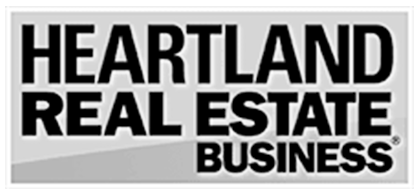The U.S. Census Bureau’s Vintage 2023 population estimates reveal a changing landscape in America’s heartland. Following a period of decline, there’s been a noticeable rebound in population growth between 2022 and 2023 across various Midwestern Metropolitan Statistical Areas (MSAs) and counties.
The Census Bureau’s data shows that more counties in the Midwest experienced population gains than losses in 2023, a trend not seen since before 2024. Cities like Sioux Falls, SD, and Fargo, ND, are leading the pack of Midwestern MSA’s with growth rates of 1.83% and 1.57%. These are not isolated instances but part of a broader trend indicating a revival in the region’s urban areas.
#1
#2
#3
#4
#5
What’s behind this population growth? A combination of factors comes into play:
A pivotal element in the Midwest’s economic resurgence is the re-shoring of manufacturing jobs. Amid rising environmental consciousness and tech advancements, electric vehicle demand has escalated. Major companies have eyed Midwest metros such as Columbus, Kansas City, and Indianapolis for cutting-edge gigafactories. These ventures not only pay homage to the region’s rich automotive history but also stake its claim in the burgeoning green economy.
The microchip industry is concurrently experiencing a revival. The global push for domestic production chains has led to the establishment of microchip manufacturing fabs in the Midwest. These hubs of high-tech manufacturing demand a skilled workforce and catalyze local economic growth through innovation.
Notably, metros like Madison, Wisconsin, and Des Moines have experienced growth rates exceeding 1%, highlighting their economic and cultural significance. Des Moines, in particular, has emerged as a central hub for the insurance and financial services industries. Similarly, locales such as Madison, Wisconsin, and Springfield, Missouri, are becoming increasingly attractive as lifestyle and cultural centers, attracting new residents. Additionally, areas like Indianapolis-Carmel-Greenwood in Indiana and Omaha in Nebraska have also seen noteworthy population increases, further contributing to the broader growth trend across the region.
In the commercial real estate sector, these emerging trends present significant opportunities. The expansion of populations directly correlates with increased demand for housing, retail, and office spaces. For investors and developers in multifamily properties, identifying areas with strong growth potential is key to making informed, strategic decisions for investment and development.
While this growth is encouraging, it’s essential to monitor whether these trends represent a long-term shift or a short-term response to the unique economic circumstances of the past few years. The challenge for the Midwest’s MSAs will be to sustain this growth while maintaining the qualities that make them attractive places to live.
This dual focus allows investors to capitalize on immediate upside in smaller markets, leveraging stability while positioning for eventual rebalancing and sustained growth in larger markets. Smaller markets like Enid, Grand Island, and Lawrence emphasize controlled growth for stability, while more mid-sized markets like Tulsa and Oklahoma City attract risk-tolerant investors with larger inventories and potential returns. This diversity enables tailored strategies, optimizing success across the Great Plains.
| Midwest Rank | Metropolitan Statistical Area | April 1, 2020 Est. Population Base | 2022 Population Est. | 2023 Population Est. | 2022-2023 % Change | National Ranking |
|---|---|---|---|---|---|---|
| 1 | Sioux Falls - SD | 286,400 | 299,079 | 304,555 | 1.83% | 36 |
| 2 | Fargo - ND | 249,833 | 258,573 | 262,620 | 1.57% | 49 |
| 3 | Bowling Green - KY | 179,639 | 185,996 | 188,840 | 1.53% | 51 |
| 4 | Rapid City - SD | 147,393 | 154,029 | 155,974 | 1.26% | 66 |
| 5 | Oklahoma City - OK | 1,425,703 | 1,459,957 | 1,477,926 | 1.23% | 68 |
| 6 | Madison - WI | 680,805 | 686,829 | 694,345 | 1.09% | 77 |
| 7 | Des Moines-West Des Moines - IA | 709,512 | 729,303 | 737,164 | 1.08% | 79 |
| 8 | Tulsa - OK | 1,015,338 | 1,034,048 | 1,044,757 | 1.04% | 83 |
| 9 | Columbia - MO | 210,862 | 214,663 | 216,511 | 0.86% | 101 |
| 10 | Springfield - MO | 475,433 | 486,931 | 491,053 | 0.85% | 106 |
| 11 | Columbus - OH | 2,138,941 | 2,162,066 | 2,180,271 | 0.84% | 107 |
| 12 | Indianapolis-Carmel-Greenwood - IN | 2,089,636 | 2,120,661 | 2,138,468 | 0.84% | 109 |
| 13 | Joplin - MO | 200,784 | 203,137 | 204,787 | 0.81% | 112 |
| 14 | Omaha - NE | 967,606 | 976,309 | 983,969 | 0.78% | 116 |
| 15 | Eau Claire - WI | 172,013 | 173,539 | 174,873 | 0.77% | 121 |






